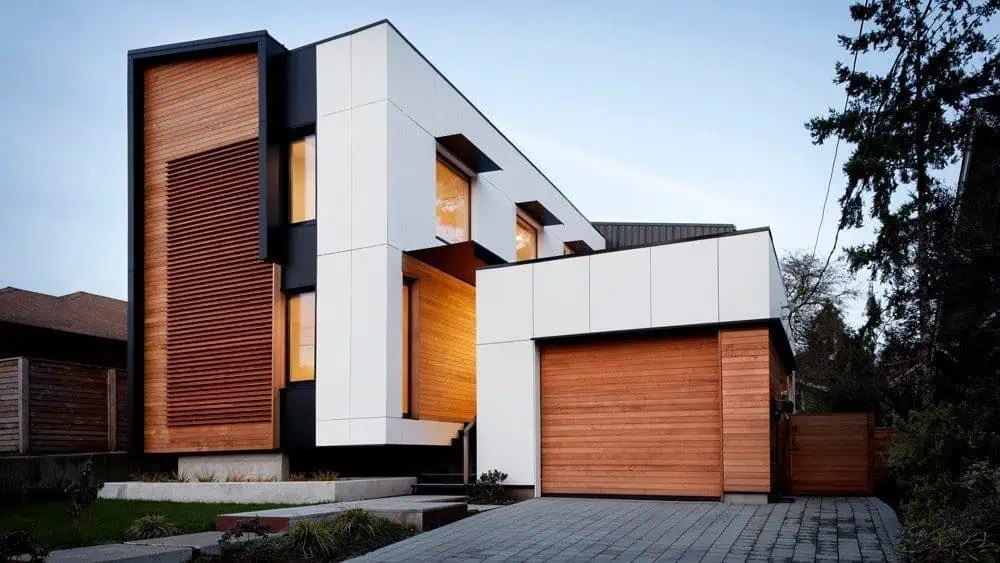Considering an attic conversion can be an exciting prospect for homeowners looking to maximize their living space. However, before diving into this transformation, it is crucial to understand the significance of attic conversion permits. These permits are often a mandatory requirement and serve as a safeguard to ensure that your renovation project adheres to local building codes and regulations.
In this comprehensive guide, we will explore everything you need to know about attic conversion permits. From understanding why they are necessary to navigating the application process, this article aims to equip you with the knowledge to embark on your attic conversion journey confidently.

Why Are Attic Conversion Permits Important?
The primary reason for obtaining an attic conversion permit is to comply with local building codes. These codes are in place to ensure the safety, functionality, and structural integrity of your home. Without the necessary permits, you may face significant fines, legal issues, or even be required to undo any unpermitted work.
Ensuring Safety and Compliance
Safety is a top priority in any home renovation project. By obtaining the proper permits, you ensure that your attic conversion meets the necessary safety standards, including fire safety, load-bearing capacity, and proper ventilation.
Protecting Property Value
Having the appropriate permits for your attic conversion can also protect your property value. Future buyers will appreciate the assurance that the renovation was completed in compliance with local regulations, potentially making your home more attractive on the market.
How to Apply for Attic Conversion Permits
The process of applying for an attic conversion permit varies depending on your location. However, there are general steps that most homeowners will need to follow:
Research Local Regulations
Before beginning your project, research the specific requirements and building codes in your area. This information can often be found on your local government’s website or by visiting the building department. This guide provides valuable insights into understanding local regulations.
Prepare Detailed Plans
Prepare comprehensive plans for your attic conversion, including architectural drawings and structural specifications. These plans should outline the scope of work and demonstrate how your project will meet local building codes.
Submit Your Application
Once your plans are ready, submit your application to the local building department. This may involve paying a fee, so be sure to budget for this expense in your renovation plans. Cost guide can help you estimate expenses.
Common Challenges in Obtaining Attic Conversion Permits
While the process may seem straightforward, homeowners often encounter challenges when applying for attic conversion permits. Here are some common issues and how to address them:
Zoning Restrictions
Zoning laws can restrict the types of renovations allowed in certain areas. It’s essential to verify whether your planned conversion complies with local zoning regulations.
Historic Preservation Requirements
If your home is located in a historic district, additional restrictions may apply. These requirements aim to preserve the architectural integrity of the area, which can impact your attic conversion plans.
Structural Limitations
Your attic’s current structure may not support the proposed conversion. In such cases, you may need to reinforce the structure, which could require additional permits.
Tips for a Successful Attic Conversion
With the appropriate permits in hand, you can focus on creating a functional and beautiful attic space. Here are some tips to ensure a successful attic conversion:
Plan for Adequate Insulation
Proper insulation is crucial in attic conversions to maintain a comfortable temperature and energy efficiency. Consider consulting with a professional to determine the best insulation options for your project.
Maximize Natural Light
Utilize windows and skylights to bring in natural light, making the space feel larger and more inviting. This is especially important in attics, which can often feel cramped.
Consider Accessibility
Ensure that your attic conversion includes easy access, such as a staircase or ladder, to make the space usable for all family members.

FAQs About Attic Conversion Permits
Do I need a permit for all attic conversions?
In most cases, yes. Permits are typically required for significant structural changes or when the space will be used for living purposes. Check with your local building department for specific requirements.
How long does the permit approval process take?
The timeline for permit approval varies by location and the complexity of your project. On average, expect the process to take several weeks to a few months.
What happens if I don’t get the necessary permits?
Failing to obtain the required permits can result in fines, legal issues, or the need to reverse any unpermitted work. It’s crucial to follow the proper procedures to avoid these consequences.
In conclusion, attic conversion permits are a vital component of any successful attic renovation project. By understanding the importance of permits, navigating the application process, and addressing common challenges, you can ensure a smooth and compliant conversion. Whether you’re creating a new living space, home office, or storage area, proper permits will help you complete your project safely and efficiently.
For inspiration and ideas on what your attic conversion could become, check out this attic remodel guide. If you’re considering creating a home office in your attic, this home office ideas resource could be just what you need.
This article contains affiliate links. We may earn a commission at no extra cost to you.




